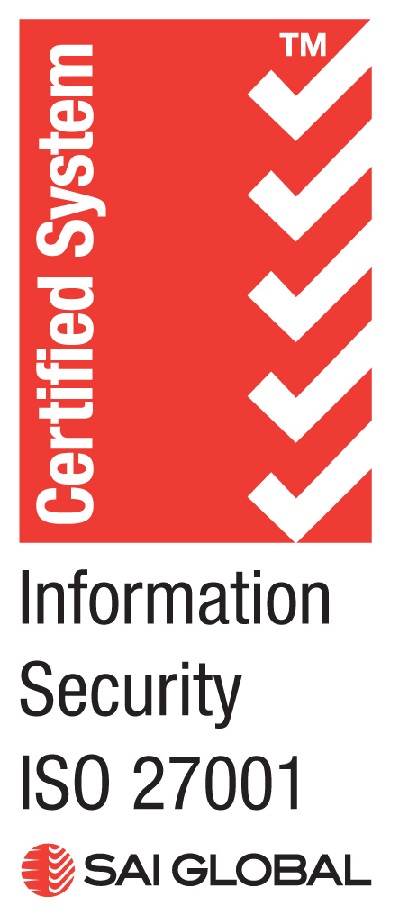Every small to medium sized business faces its own unique digital transformation challenges. The cloud in particular offers the kind of flexible scalability we need from our infrastructure, and it enables us to access cost-effective tools for innovation.
According to a 2018 survey by Inovis and HPE, the top three reasons for switching over to the cloud were:
- The potential to save money on licensing, support, hardware and management.
- More opportunities for innovation without the burden of on-premises infrastructure.
- Promises of more IT power with greater simplicity in management.
But not every part of our digital environment can be switched over to the cloud just yet. We still need to keep certain workloads on-premise for a variety of reasons including:
- Guaranteeing continuity and performance for business critical workloads.
- Keeping sensitive and critical workloads more secure for compliance reasons.
- To maximise our investments in existing infrastructure and legacy systems.
Managing these competing priorities is placing a great deal of pressure on IT leaders. We’ve also seen many businesses in which an over-reliance on public cloud has led to performance and security issues – necessitating a costly migration of workloads back on to their on-premise systems.
Striking a balance
So how do small and medium sized businesses strike the ideal balance? This is where hybrid IT is fast growing in popularity, as an integrated combination of public and private cloud environments as well as on-premise infrastructure. According to research from IDG, the average cloud spend for SMBs has more than doubled in the past two years to nearly $900,000, as they seek to merge cloud capabilities with their existing IT investments.
When we get it right, a hybrid IT model provides:
Scalability: As your business grows, your IT environment needs to grow with it. Hybrid IT allows you to scale up your operations by accessing public cloud resources in the short term, while still maintaining your secure and business critical workloads.
Agility: Your ability to seize new opportunities in the marketplace could hinge on the IT capacity you can provision during peak seasons. Leveraging the public cloud provides greater storage and compute resources, precisely when you need it.
Efficiency: Hybrid IT allows you to dynamically shift workloads between public cloud, private cloud and on-premise environments – enabling you to consistently utilise the environments that are the most cost-effective.
But it’s important to remember that moving to a hybrid IT environment isn’t a static end state. We know that maintaining an ideal IT environment is a constantly evolving practice to meet new needs while still supporting legacy needs. At CodeBlue, our hybrid IT roadmap generally encompasses the following steps:
- Where are your businesses greatest opportunities to grow, and which parts need to operate more efficiently?
- Which applications and processes are ideal for meeting both your growth and efficiency objectives?
- We then use this information to implement the ideal hybrid infrastructure for powering your applications and [processes while meeting your key strategic business objectives.
Need more information?
Get in touch with us
